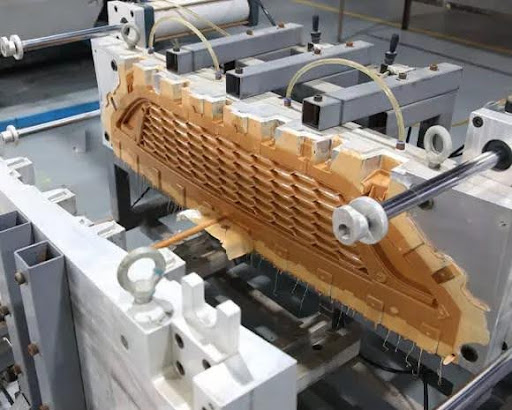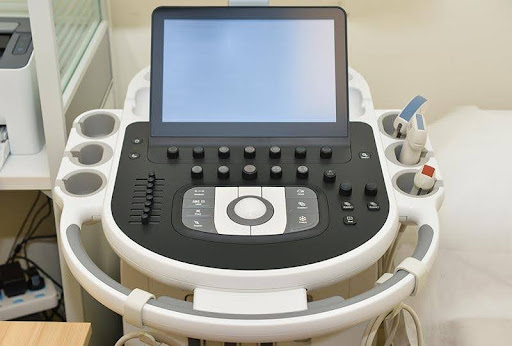To sign up for our daily email newsletter, CLICK HERE
Rapid injection molding is an essential component of modern prototypes and manufacturing, allowing for the rapid and efficient production of precise, long-lasting parts. Rapid injection molding prototyping requires speed and accuracy to fulfill market expectations, but like all processes, injection molding components have a finite lifespan. Wear and aging can reduce the performance and durability of molded parts over time, resulting in inefficiencies and potential failures.
For that reason, you need to know the fundamental factors influencing the lifespan of injection molded parts and offer practical strategies for increasing their longevity. By understanding these factors, businesses can ensure that their rapid prototyping production remains efficient and reliable.

Understanding the Factors Influencing the Injection Molding Parts
The durability of rapid injection molding parts is determined by several factors. Identifying and correcting these variables can extend the life of molded components. That being said, here are some of the factors that influence the injection molding parts:
Factor #1. Materials
The materials used for rapid injection molding are some of the most important elements in determining the longevity of the products. Different injection molding materials provide varying degrees of strength, flexibility, and resistance to wear and environmental conditions. For example:
- Thermoplastics are frequently chosen for their durability and recyclability
- Thermosets are good heat-resistant materials, although they can become brittle with time
- UV stabilizers and antioxidants can improve material performance by preventing deterioration
Choosing the right material is essential to ensure long-term reliability.

Factor #2: Surroundings to Operate
Environmental conditions have a considerable impact on the longevity of injection-molded parts. Temperature variations, chemical exposure, humidity, and UV radiation are all factors that can cause material degradation over time. For example:
- High temperatures can induce warping or cracking in certain polymers.
- Prolonged exposure to UV rays can cause discoloration or loss of strength.
For that reason, understanding the operational conditions of the molded parts and choosing suitable materials to endure these environments is critical.
Factor #3. Maintenance
Next is maintenance. Proper mold and machinery maintenance is critical to extending the life of injection-molded products. Residue buildup, mold wear, and improper machinery calibration can all have an impact on product quality and longevity. Routine cleaning, inspection, and prompt repair are required to ensure consistent performance in injection molding services.
Factor #4: Production Design
And finally, production design. The part and mold’s CNC design can also have an impact on their lifespan. Poor design decisions, such as sharp edges or unequal wall thickness, can result in stress spots that cause early failure. Optimizing designs to uniformly distribute stress and reduce wear during production can considerably extend the life of injection-molded parts.
The Solution to Prolong the Expectancy of Injection Molding Parts
While there are factors to consider, there are also solutions to prolong the expectancy of injection molding parts. Businesses can apply the following strategies to ensure the longevity of rapid injection molding components:
Thermoplastics such as polycarbonate (PC), nylon (PA), and polypropylene (PP) are commonly used in injection molding. These materials used for injection molding offer a good performance of strength, flexibility, and resistance to wear.
Regulate the operating environment to minimize exposure to hazardous circumstances. For example:
- To guard items from UV rays or chemicals, apply protective coatings.
- Ensure that the parts work within their prescribed temperature and humidity ranges.
Taking proactive steps to modify environmental circumstances can help avoid premature aging.
To ensure optimal performance, molds and machines should be maintained on a regular basis. This includes:
- Cleaning molds after each production cycle to prevent residue buildup
- Inspecting molds for wear and swiftly fixing any concerns
- Calibrating machinery to ensure uniform pressure and temperature throughout production
Proper maintenance reduces faults and increases the lifespan of molds and the products they manufacture.
Collaborate with expert designers to develop molds and parts that reduce stress and wear during production. Features such as homogeneous wall thickness and smooth transitions can considerably increase part durability. Collaboration with experts such as KAIAO ensures that designs are optimized for both performance and durability.
Conclusion
Material selection, operating circumstances, maintenance, and design optimization all have an impact on the longevity of rapid injection molded components. Understanding these impacts and implementing the appropriate solutions can help businesses considerably improve the longevity and reliability of their molded products.

Whether you need long-lasting parts, rim service, rapid prototyping, or professional advice on material selection, KAIAO has the tools and knowledge to provide excellent results. At KAIAO, they have ISO 9001:2015, ISO 13485, and AS9100D certified, and they test and inspect the quality to ensure your delivery’s reliability. Contact them via their KAIAO’s official websites to find out how they can take your rapid injection molding projects to the next level.